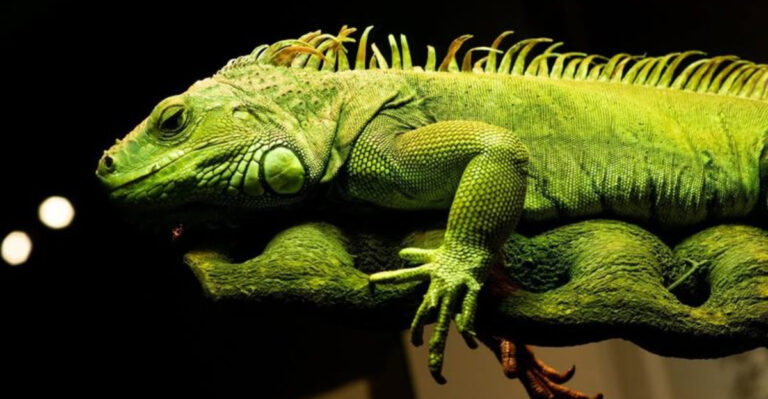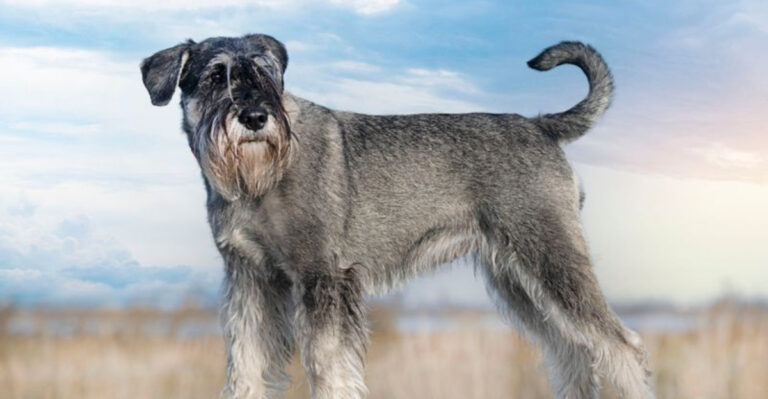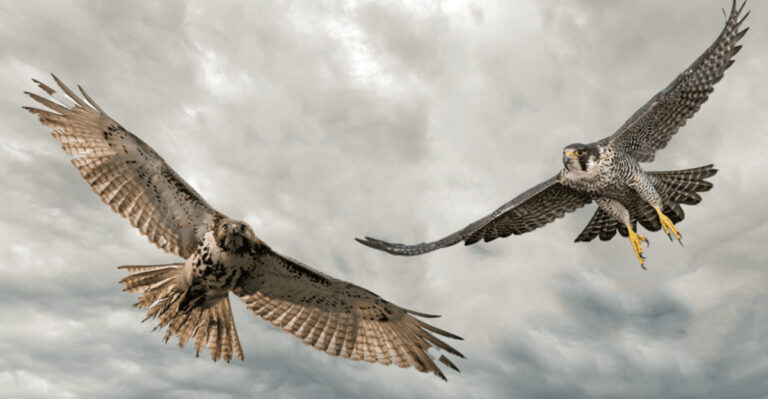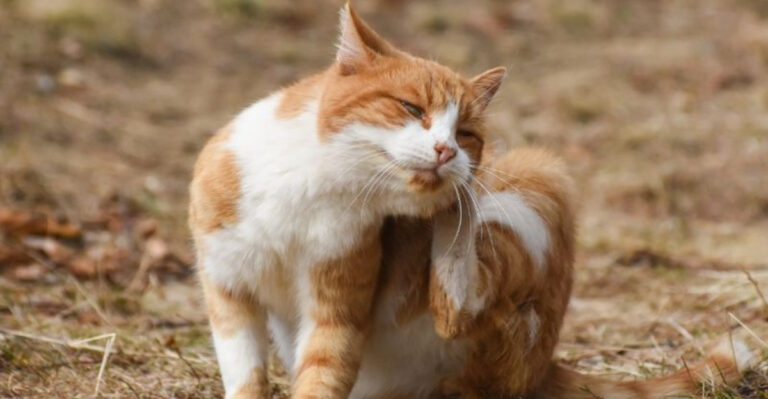The Evolution Of Lions: Why They’re The Only Social Big Cats

Lions are the charismatic rulers of the African savannah, renowned not only for their majestic appearance but also for their unique social structure.
Unlike other big cats that prefer solitude, lions thrive in groups known as prides.
But why are lions the only social big cats? Join us on this fascinating journey as we explore the evolution of lions and uncover 13 reasons why their social behavior sets them apart.
1. Exploring The Social Structure Of Lion Pride
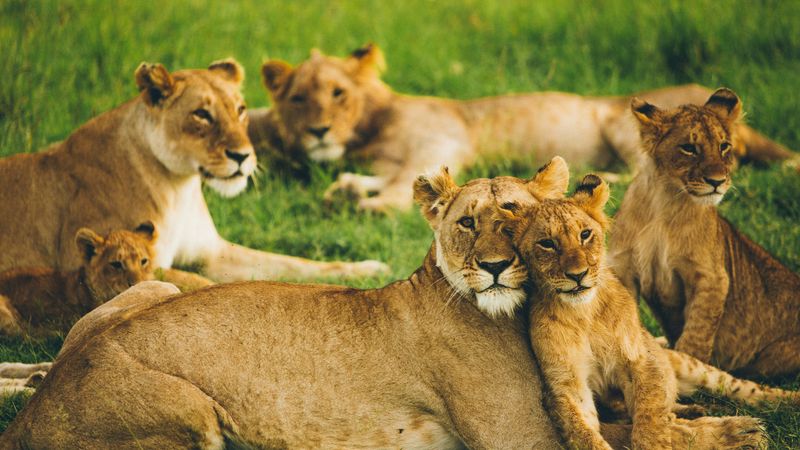
Lions are famous for their complex social structures. In a pride, which can consist of up to 30 lions, each member has a specific role.
Female lions, or lionesses, are the primary hunters, while male lions are responsible for protecting the pride’s territory.
Interestingly, these roles aren’t rigid. Sometimes, males may join hunts, and females can defend the pride. The social structure allows lions to thrive in their environment.
Communication through roars and body language keeps the pride cohesive. This fascinating dynamic is unique among big cats, offering both cooperation and competition within the group.
2. The Evolutionary Advantage Of Living In A Group
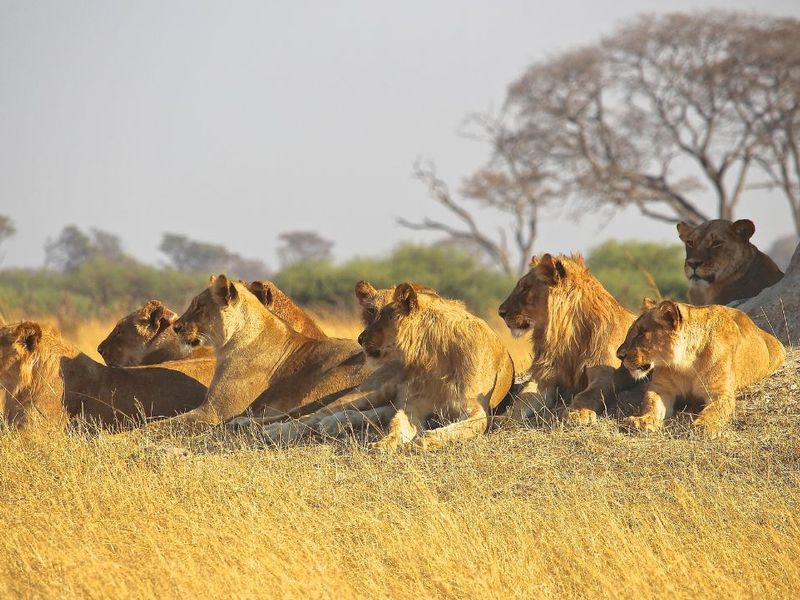
Living in a group gives lions a significant evolutionary advantage. When hunting, teamwork allows them to take down larger prey, such as buffalo or wildebeest, that would be impossible for a single lion.
By cooperating, lions increase their hunting success rate, ensuring enough food for the entire pride. This social behavior has evolved over thousands of years, making lions highly efficient hunters.
Additionally, living in a pride offers protection from other predators and helps in raising cubs. The shared responsibilities within the pride make survival more manageable in the harsh environment of the African savannah.
3. How Lion Pride Dynamics Differ From Other Big Cats
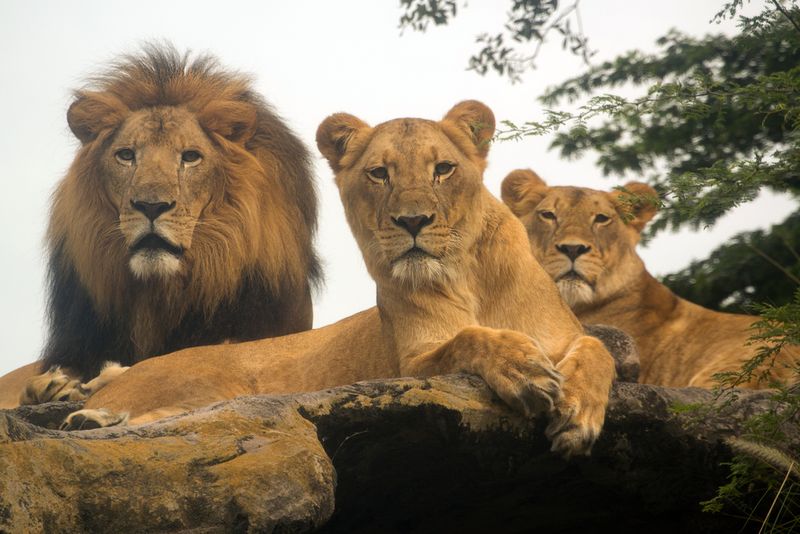
Lions stand out from other big cats due to their pride dynamics. Tigers, leopards, and jaguars are solitary animals, preferring to live and hunt alone.
In contrast, lions’ social behavior revolves around cooperation and shared responsibilities. The pride structure allows them to defend large territories and raise cubs with care and protection. This difference highlights the unique evolutionary path of lions.
Their ability to work together and communicate within the pride has set them apart from their solitary cousins. The bonds within the pride are strong, fostering collaboration and mutual support.
4. From Solitude To Socialization: The Lion’s Path
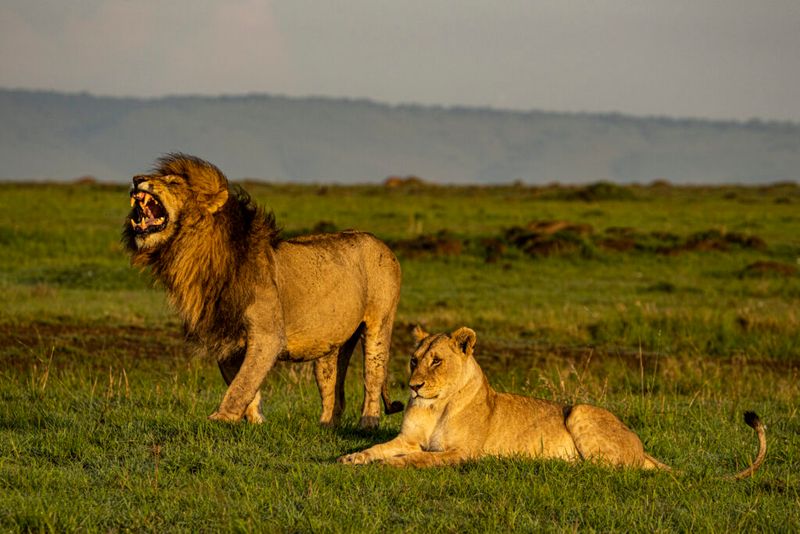
Lions weren’t always social creatures. Their ancestors were solitary hunters, much like today’s tigers and leopards.
Over time, environmental changes and the availability of prey encouraged lions to form groups. The transition from solitude to socialization marked a significant evolutionary shift.
By forming prides, lions could hunt more efficiently and protect their young from rival males and other predators.
This socialization has allowed lions to thrive, making them one of the most iconic species on the planet. The journey from solitary hunters to social beings showcases the adaptability and resourcefulness of lions.
5. Why Lions Thrive In Groups While Other Big Cats Remain Solitary
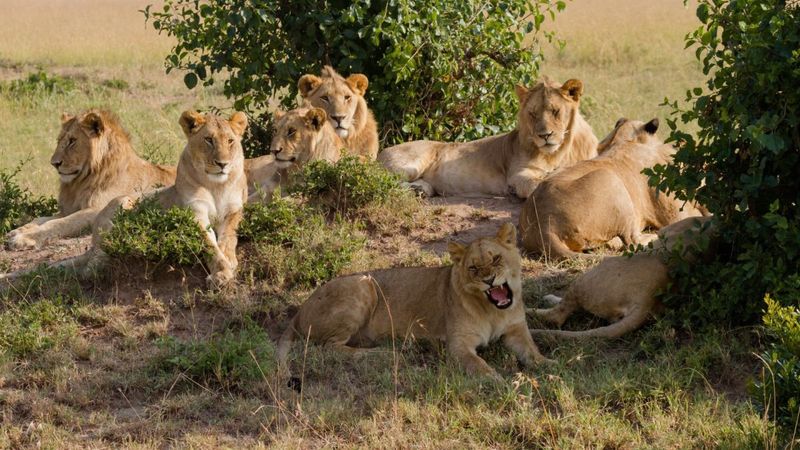
The social nature of lions gives them a distinct advantage over solitary big cats.
While tigers and leopards excel as lone hunters, lions benefit from the collective efforts of the pride. Group living allows lions to dominate large territories and access resources more efficiently.
The presence of multiple lions deters potential threats and ensures the safety of their cubs. This cooperative lifestyle has enabled lions to thrive in diverse habitats, from grasslands to woodlands.
In contrast, solitary big cats must rely solely on their own strength and cunning, making life more challenging.
6. The Role Of Cooperation In Lion Survival
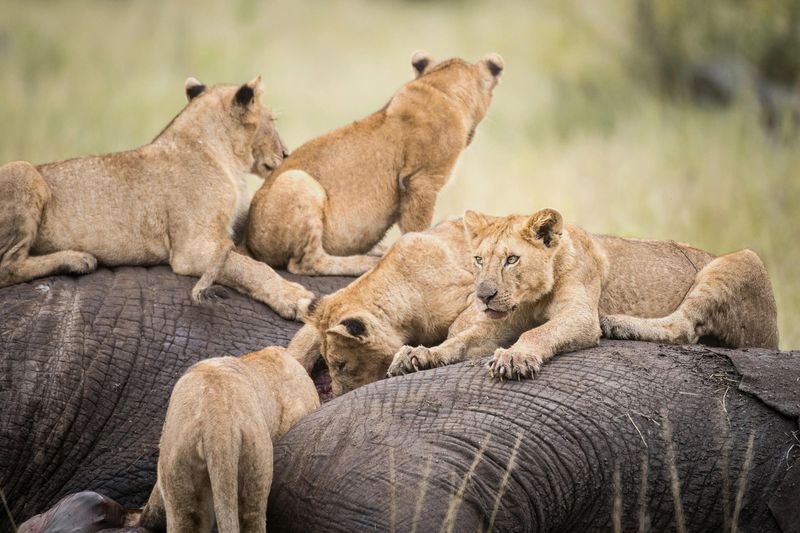
Cooperation is at the heart of a lion’s survival strategy. Within a pride, lions work together to defend their territory against intruders, such as hyenas or rival prides.
This teamwork ensures the safety and stability of the pride, allowing them to maintain control over their domain. Cooperation extends to hunting, where lions coordinate their efforts to ambush prey successfully.
The social bonds within the pride foster a sense of unity and reliance on one another. This collaborative spirit is essential for the pride’s survival in the competitive environment of the African wilderness.
7. How Lions’ Social Behavior Sets Them Apart From Leopards And Tigers
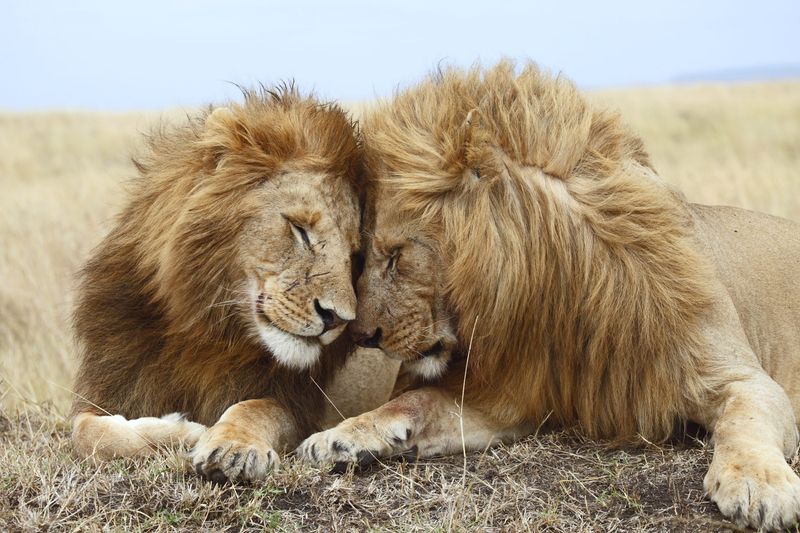
Lions’ social behavior is a defining characteristic that sets them apart from leopards and tigers.
While these solitary big cats rely on stealth and strength to survive alone, lions thrive on teamwork and cooperation. The social bonds within a pride are what enable lions to take on large prey and protect their territory.
Communication through roars, scent markings, and visual signals keeps the pride connected and cohesive. This social interaction fosters a sense of community and belonging, creating a dynamic that is absent in other big cats.
Lions’ social nature is key to their success as apex predators.
8. What Makes Lions The Only Big Cats To Form Social Groups
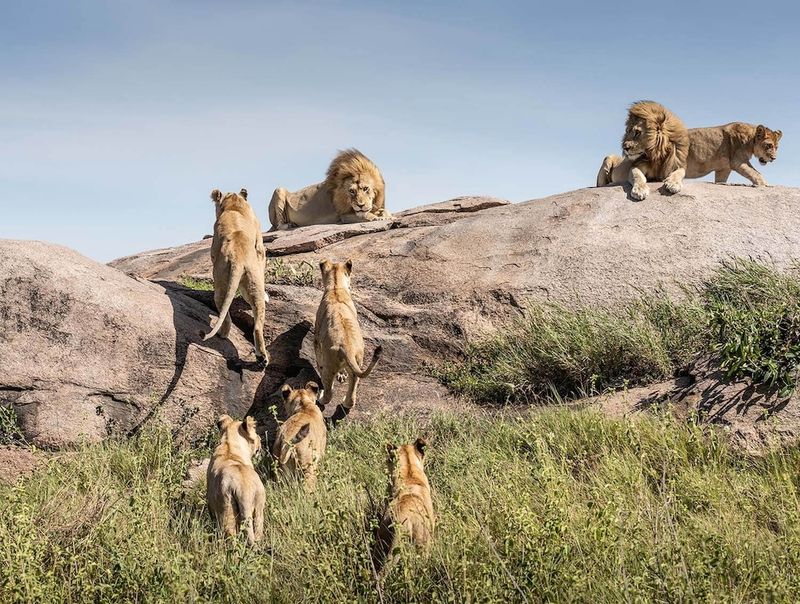
Lions’ ability to form social groups is rooted in their evolutionary history and environmental adaptations.
Unlike solitary big cats, lions have developed a complex social structure that allows them to live and hunt together.
The formation of prides offers numerous benefits, including increased hunting success and better protection for cubs.
The social bonds within a pride are maintained through grooming, playful interactions, and vocal communication. These connections are vital for the pride’s cohesion and survival.
The unique combination of cooperation, communication, and adaptability distinguishes lions as the only social big cats.
9. Lion Prides: The Evolutionary Secrets To Their Group Living
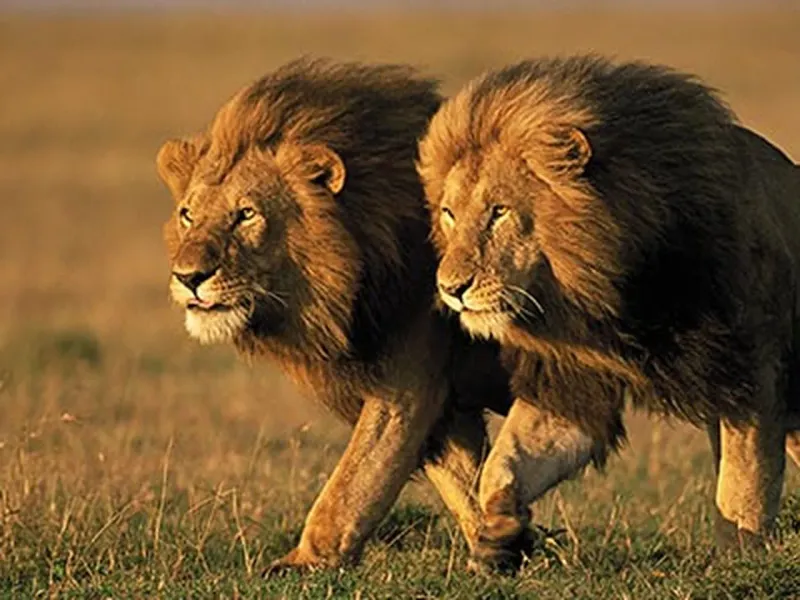
Lion prides are a testament to the evolutionary secrets that have allowed them to thrive in groups.
Over time, lions have adapted to the challenges of group living, developing strategies for hunting, communication, and cooperation.
The evolutionary benefits of living in a pride include increased reproductive success and a higher survival rate for cubs. Lions’ ability to form strong social bonds has been crucial in their adaptation to various environments.
These adaptations have set lions apart from other big cats, giving them a unique place in the animal kingdom. The pride’s dynamics continue to fascinate researchers and wildlife enthusiasts alike.
10. How Lion Cubs Benefit From Living In A Pride
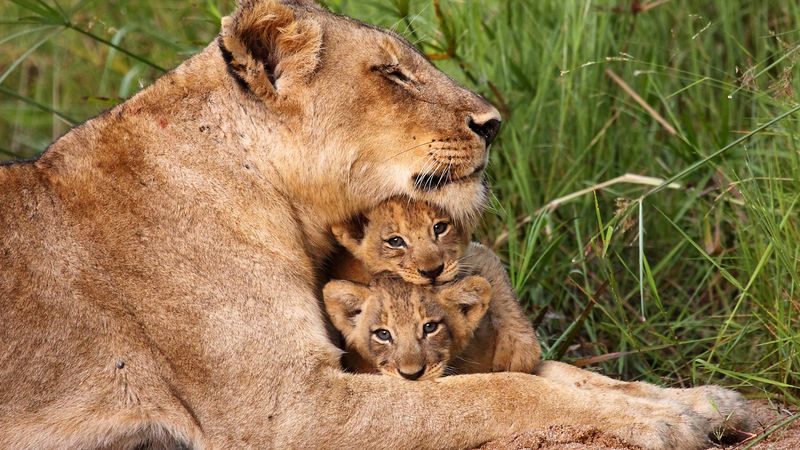
Lion cubs benefit enormously from living in a pride. Surrounded by experienced adults, cubs receive protection, guidance, and social interaction.
The pride offers a safe environment where cubs can learn essential skills through play and observation. The presence of multiple caregivers ensures that cubs are well-fed and protected from external threats.
This communal upbringing increases the chances of survival for young lions, allowing them to grow into strong and capable adults.
The nurturing environment of a pride provides cubs with the foundation they need to thrive in the wild. This communal care sets lions apart from other big cats.
11. The Strength Of Social Bonds In Lion Pride Life
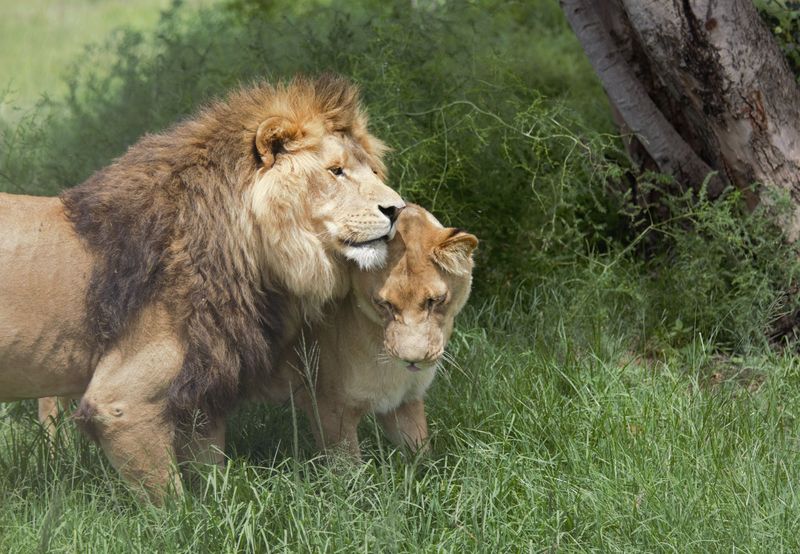
The strength of social bonds within a lion pride is a cornerstone of their survival. These bonds are formed through grooming, play, and shared responsibilities, creating a cohesive group that functions as a single unit.
Social bonds foster trust and cooperation, allowing lions to work together effectively in hunting and defending their territory.
The emotional connections within the pride provide stability and support, essential for navigating the challenges of the wild.
The intricate social fabric of a pride is a testament to the importance of relationships in the survival and success of lions as social animals.
12. Exploring The Roles Of Male And Female Lions In A Pride

Within a lion pride, the roles of male and female lions are distinct yet complementary.
Male lions are primarily responsible for defending the pride’s territory from intruders, using their strength and intimidation to ward off threats.
Female lions, on the other hand, are the main hunters, working together to bring down prey. However, these roles are flexible, with males sometimes joining hunts and females participating in defense.
This division of labor ensures the pride’s success in both hunting and protection. The collaboration between male and female lions highlights the balance and harmony within the pride.
13. Lion Social Skills: How Teamwork Leads To Success In The Wild
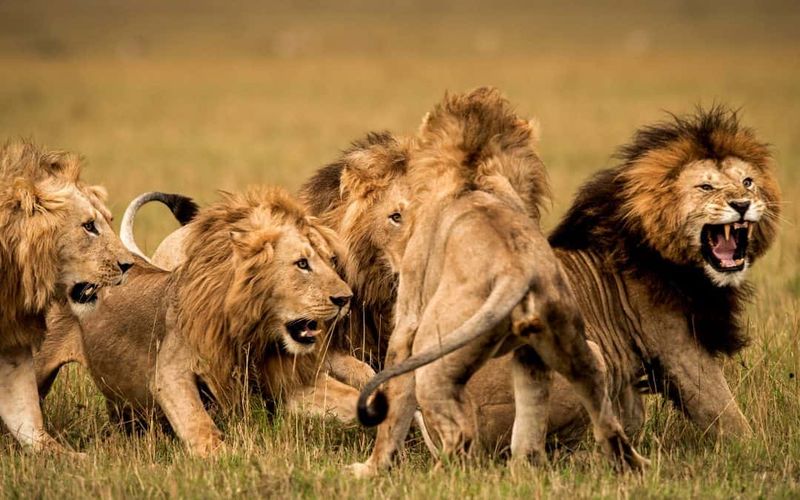
Lions’ social skills are key to their success in the wild. Their ability to communicate and coordinate during hunts allows them to take down large and agile prey.
This teamwork is a result of years of evolutionary adaptation, where lions have fine-tuned their hunting strategies.
Social skills extend beyond hunting, playing a crucial role in maintaining group cohesion and resolving conflicts. The pride’s ability to work together as a unified force ensures their dominance as apex predators.
The intricate social dynamics and teamwork within a lion pride are a testament to their intelligence and adaptability in the wild.


